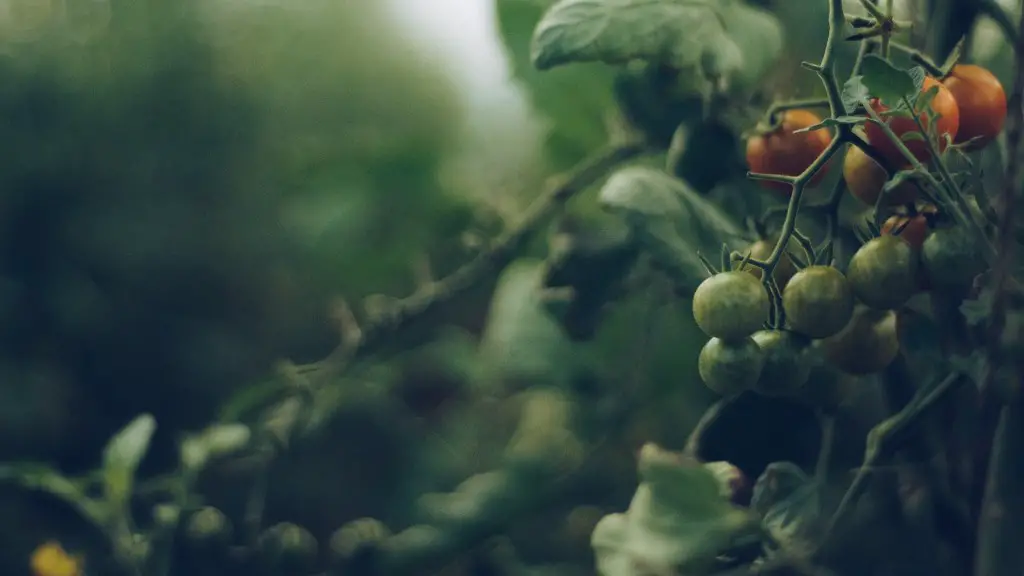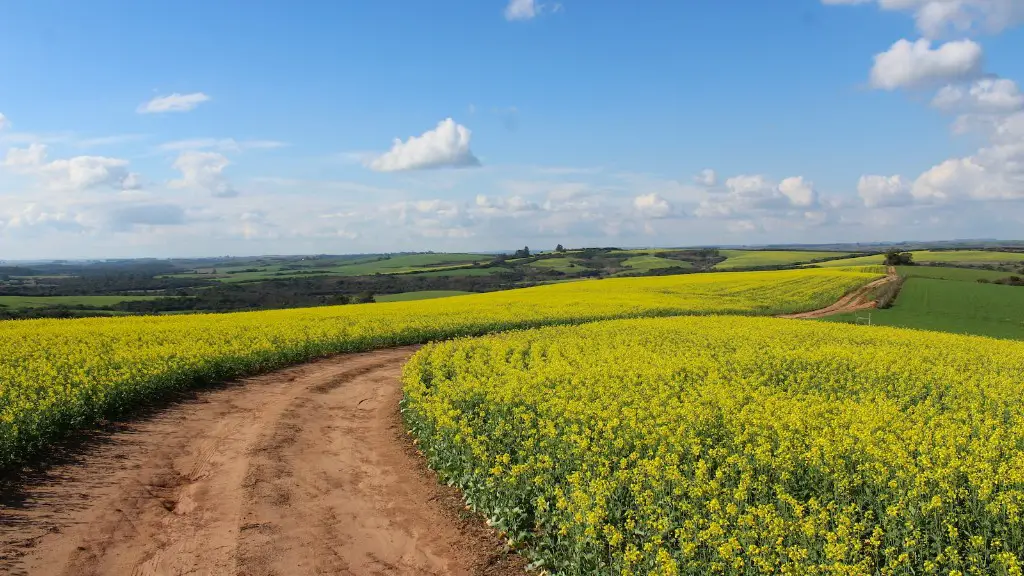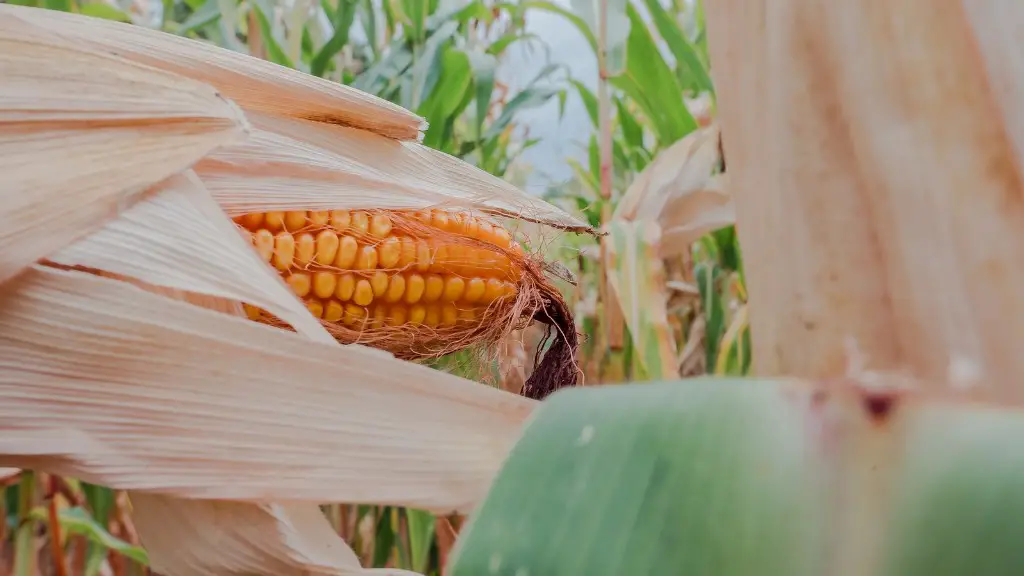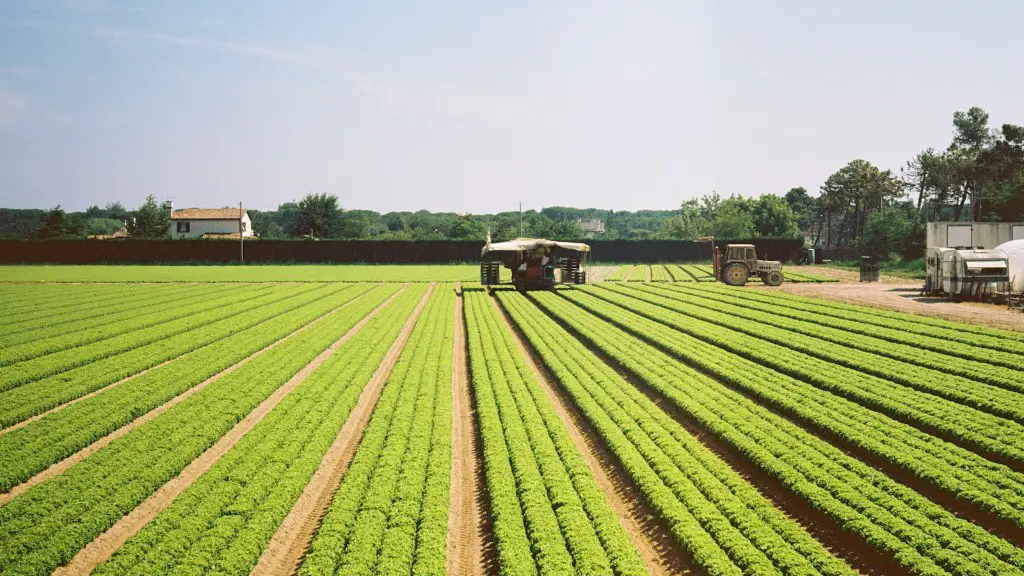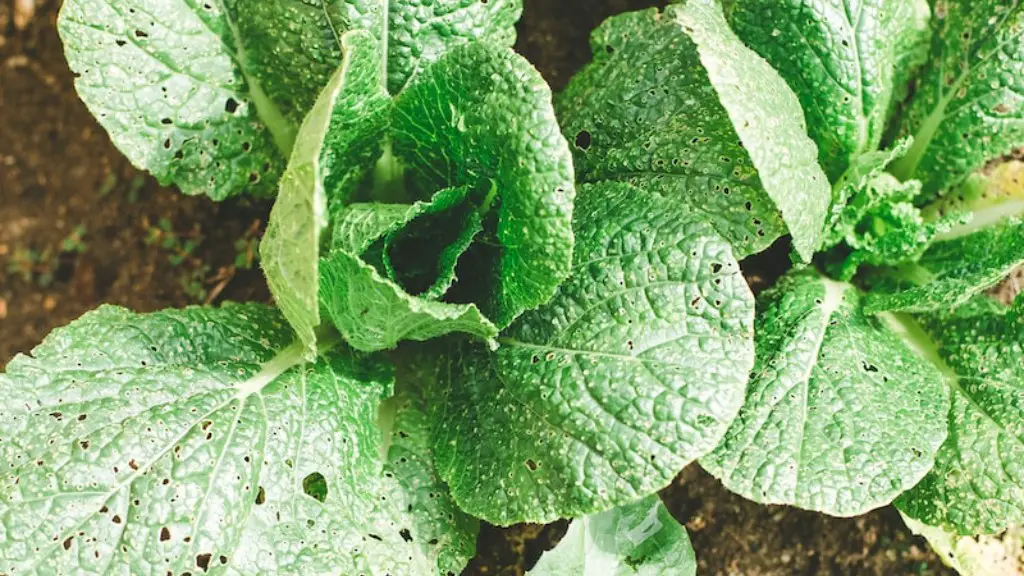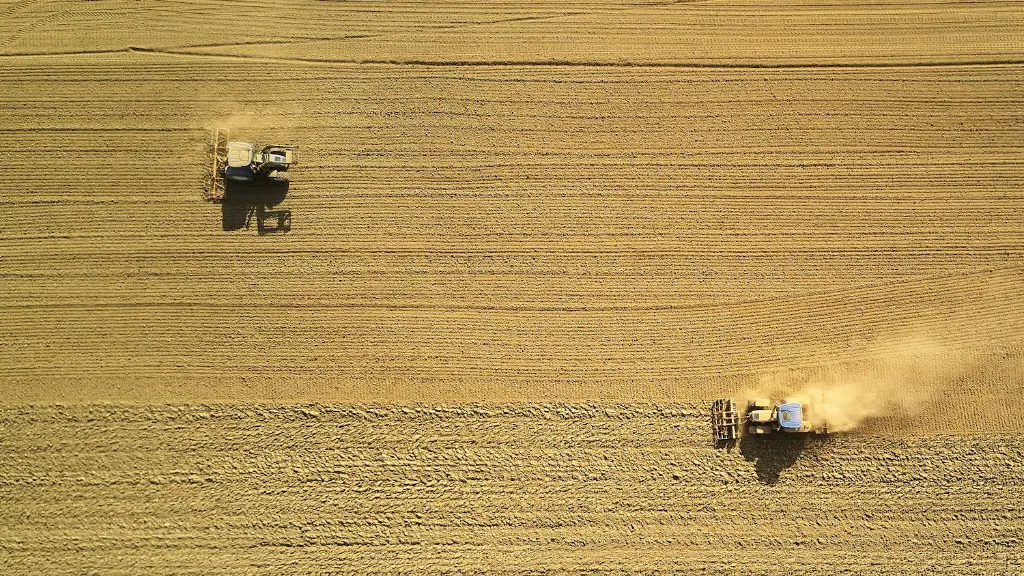Livestock agriculture is the practice of raising domesticated animals such as cows, pigs, sheep, goats, and chickens for food, milk, fur, and other animal-related products. In prehistoric times, humans have relied on livestock for sustenance, with evidence of domestication as early as 8000 BC. Today, the practice of livestock agriculture is an integral part of the global food supply chain, with animals providing food, fiber, and valuable by-products.
Livestock agriculture encompasses the raising and management of a variety of animals, including poultry, swine, cattle, sheep, goats, horses, mules, and donkeys. The key to successful livestock production is a balanced diet and controlled environment to ensure the health and well-being of the animals. This includes appropriate housing, food, water, and other maintenance tasks, as well as biosecurity measures to protect the animals from disease.
To produce the highest-quality animals, farmers must carefully manage their animals’ diets, monitoring their health and nutrition. In the United States, feed regulations are in place to ensure that livestock are consuming appropriate amounts of vitamins, minerals, and other nutrients.
To ensure animal welfare, many countries have laws and regulations that require farmers to provide adequate veterinary care and supervision. In addition, animal welfare organizations advocate for humane practices regarding the transport and handling of livestock.
Sustainable livestock agriculture relies on responsible environmental practices to preserve the land and air quality, protect natural resources, and conserve biodiversity. Some of the techniques to reduce the environmental impact of livestock agriculture include integrated production systems, green feed sources, grazing management, and low-input housing.
Livestock agriculture has the potential to produce many co-products, such as hides and wool, that can be used to make other products, such as clothing and furniture. Furthermore, animals provide important soil nutrients, such as manure, which can be used as fertilizers to improve soil fertility and crop yields.
In summary, livestock agriculture is an important part of the global food supply chain, providing food, fiber, and other animal-related products. Farmers must take appropriate measures to ensure their animals’ health and welfare, as well as preserving the environment and natural resources.
Grazing Practices
Grazing is the practice of having livestock consume forage or other natural forage-based resources in an area, usually on pasture. Grazing is one way farmers can use their land to benefit the environment, animals, and local communities by maintaining healthy grasslands, reducing erosion, and providing high-protein animal forage.
Rotational grazing is a carefully planned system of grazing livestock over large areas of land. This method can be used to improve productivity and animal welfare, as well as providing sustainable agricultural practices. In some cases, grasslands that may have been abandoned or underutilized can be replanted and managed sustainably through rotational grazing.
Grazing also plays an important role in reducing the presence of invasive species in the environment, by making it difficult for these species to spread. Due to most types of grazing animals avoiding invasive plants, they can help to keep areas healthy and productive.
Finally, grazing animals can provide additional benefits to agricultural operations, such as the spread of manure for organic fertilizer, controlling of weed growth, and pest control.
Feedlot Systems
Feedlot systems are a common practice in livestock agriculture, in which animals are housed and fed grain or other agricultural by-products on high-concentration diet for fattening. This intensive farming technique has become popular in recent years due to the efficiency and control that it provides, allowing for maximum production of animals in a limited amount of space.
The feedlot system allows for the animals to be fed a balanced and nutritious diet, reducing the amount of land and resources required to produce healthy animals. This system also allows for better utilization of veterinary care, disease control and monitoring, and waste management.
The intensive nature of feedlot systems allows for better control of the environment, and providing the animals with a comfortable and safe environment, reducing the stress and fear that can be caused by all forms of farming.
The feedlot system also provides farmers with improved access to markets, allowing them to produce animals that meet both consumer demands and industry standards. This helps farmers produce more consistent and high-quality animals, as well as have more control over the production process.
However, due to the intensive nature of the feedlot system, it can cause environmental issues if not properly managed. These issues include water and air pollution, as well as erosion caused by runoff from the feedlot. Additionally, feedlots can introduce large amounts of animal waste into nearby water systems, creating a risk of water contamination and health issues.
Animal Breeding
Animal breeding is the practice of selecting and modifying the genetic makeup of animals to produce desired traits in the offspring. Through careful selection and manipulation, the traits of future generations can be improved or even altered to suit specific needs.
Animal breeding is performed for a variety of purposes, such as improving the quality of the meat, milk, and wool of livestock, as well as for developing new animal products for the market. Animal breeding can also be used to reduce the number of livestock present in an area, or to develop particular breeds for specialized tasks or roles.
Animal breeding practices can vary from region to region, depending on local laws and standards. In some countries, animals are selectively bred to produce characteristics that are beneficial to production, such as disease resistance or improved fertility. In other countries, animals may be selectively bred to obtain desired physical characteristics, such as color or size.
Corrective breeding is another important application of animal breeding, wherein genetic anomalies are corrected or improved. For example, farmers may attempt to breed out genetic traits that lead to animal defects, or they may try to breed livestock that are resistant to particular diseases.
Animal breeding also involves animal husbandry, which is the practice of managing animal resources in an efficient and humane manner. This includes controlling reproductive cycles, monitoring nutrition, providing veterinary care, and establishing protocols for humane handling.
Marketing of Livestock
Once the animals have been raised and the products produced, marketing of livestock is an important part of the process. Farmers typically sell their animals, products, and by-products directly to consumers, wholesalers, retailers, or even to other countries.
Farmers may choose to market their products through traditional or online channels. Traditional marketing methods include selling directly to retailers or wholesalers at a farmers’ market, or through auctions. Online sales platforms such as Amazon or other auction websites may also be used.
Marketing of livestock products also involves advertising, promotions, and other methods of getting the word out. Media campaigns, such as print or online advertisements, direct mailings, or involvement in trade shows and events, can help increase awareness and introduce customers to new products.
Involving yourself in local or industry-related organizations can also be beneficial in terms of networking and learning new marketing strategies. By taking part in discussions and presenting your products at industry events, you can make contacts that may be beneficial for future marketing efforts.
Finally, customer service practices and customer relations must also be monitored and maintained in order to ensure customer loyalty. Good customer service can go a long way in helping to maintain a positive reputation and keep customers coming back.
Transportation of Livestock
Transporting livestock requires special measures for their safety and comfort during travel. Proper vehicle selection, suitable equipment and material must be used to ensure the journey is as safe and stress-free as possible.
Another important factor is the duration of the journey. Longer trips of several hours or days to a destination require animals to be fed, watered, and monitored regularly, while shorter trips of several minutes can be completed with fewer precautions.
When transporting livestock, the vehicle must be large enough to provide adequate space for the animals, and prevent animals of different sizes and genders from coming into contact. Transportation vehicles must also be clean and free of dangerous objects or materials, and should have measures in place to reduce the risk of injury or disease transmission.
In addition, animals must be provided with adequate ventilation, shade, feed, and water during the journey. Animals must be protected from the elements and extreme temperatures, and must be properly protected from injury and disease.
Finally, the journey must be monitored for signs of excessive stress, such as panting, vomiting, and vocalization. If these signs occur, the animals should be given rest stops, food, water, and space to move to reduce the stress.
